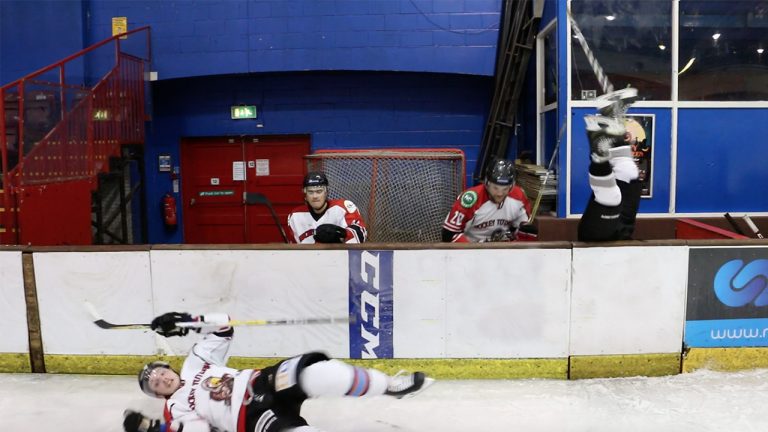Line change tips
A typical shift should last 30-45 seconds so you and your team always have a fresh pair of legs on the ice maintaining a high tempo pace. A shift that takes an unnecessary length of time will only drain you of your energy making it more difficult for you to recover for the next shift. You may also be tired and begin to drag your feet.
A big tip is; know who you are changing for and know who is changing for you when you come off the ice. Make sure to try never to change when your team is on defence. Do not drift off the ice, it should be at full speed. Make sure to shout that you are changing to alert the next person
If you are the far side winger your centre or D man may want to cover that side of the ice while changing. Once on the ice make sure to get to the far wing as fast as possible and if you cannot the centre and near side wing should shift to cover those positions until you are on offence
The blue line tip
Make sure that when on the bench you aren’t sitting offsides. This changes depending on the rink – the blue line may be in the middle of the bench
Good communication is key – lack of that can make a too many men on the ice penalty. Listen to your coach, be mindful and focused.
Don’ts of line changes
- Don’t get caught sleeping
- Don’t call your own shifts
- Don’t short shift the guy in front of you
- Don’t take an infinity shift
- Don’t change on a 3 on 1
- Don’t change when the other team have control of the puck
- Don’t change when the pucks in your defensive zone
- Don’t block the gate
- Don’t try show off, change sensibly
- Don’t all change at once
Do’s of line changes
- Do take a normal shift and come off when tired
- Do make sure you take the right man
- Do give water to a guy getting off
- Do open the gate
- Do let the players coming off the bench on before you get off




